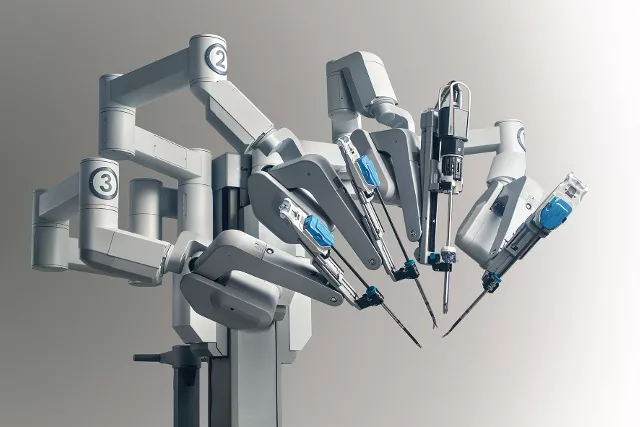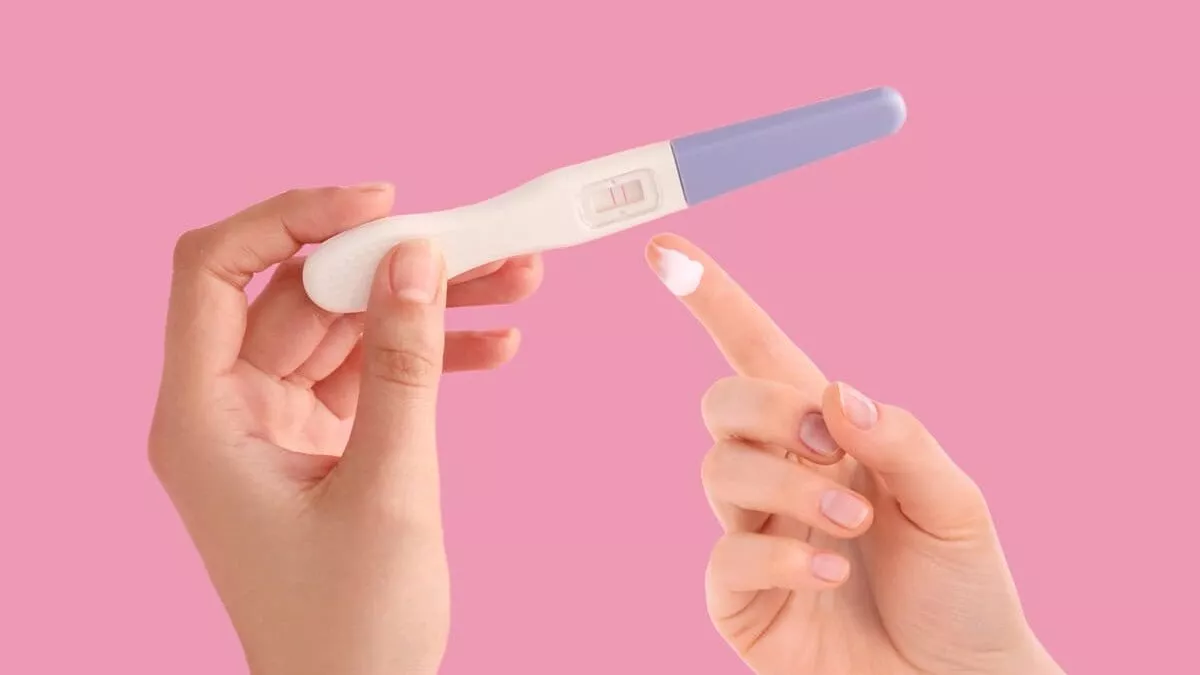History of robotic surgery
The motivation to develop robotic surgery platforms emerged from the need to improve the precision of surgical techniques. The world’s first surgical robot was the Arthrobot, a bone mountable hip arthoroplasty surgery robot, which was developed and used for the first time in Canada in 1983. In 1985 the PUMA 560, was used to place a needle for a brain biopsy using computed tomography (CT) guidance. Soon thereafter in 1988, the PROBOT was developed for the field of urology to perform prostatic surgery and the ROBODOC introduced in 1992 was used in Orthopedics to aid in total hip replacement. The only US Food and Drug Administration (FDA) approved surgical robot currently on the market is the da Vinci introduced in 2001 from Intuitive Surgical Inc.
A groundbreaking tool in medicine
Robotic surgery is the use of robots in performing surgery. Three important developments that surgical robots have made possible are remote surgery, minimally invasive surgery, and unmanned surgery. Major potential advantages of this cutting edge technology are precision and miniaturization.
Robot assisted surgery uses a minimally invasive procedure in which a surgical robot under the control of a specially trained surgeon operates with a 3D high definition (3D-HD) video camera and robotic arms. The surgeon controls these instruments and the camera from a console located in the operating room. The 3D-HD image can be magnified up to 10 times to allow the surgeon to see the surgical area up close and to access previously unreachable areas at once.
How robotic surgery helps
As compared to traditional surgery, robotic surgery offers a host of benefits to the surgeon and the patient, as well as society at large. In robot assisted surgery, there is improved patient quality of life. This advanced technology allows surgeons to perform a growing number of complex urological, gynecological, cardiothoracic and general surgical procedures with greater ease and more efficiency. For example, while executing the procedure, the robot reduces any erratic movements or tremors originating from the surgeon’s hand. This feature is particularly useful while performing surgeries where fine suturing is required.
Some of the benefits of robotic surgery are:
- Minimally invasive procedures
- Smaller incisions
- Minimal scarring
- Less blood loss
- Less pain
- Greater surgical precision
- Less need for narcotic pain medicine
- Faster recovery times
- Decreased risk of infection
- Shorter hospital stay
Is robotic surgery safe?
The robotic systems are constructed to be fault-tolerant in the event of any error occurring during the surgery. One built-in safety feature is called graceful degradation. If one component begins to fail, the system slowly compensates or degrades to a lower level of performance rather than abruptly quitting or causing an erratic motion. In such a case, the system permits the surgeon to take over and complete the procedure using conventional surgical techniques.
The technology likely has a long, promising future in the medical field, but only if the makers of these machines can solve a few key problems, in particular high costs, and safety concerns. The day is not so far when instead of two hands your surgeon will be working with four hands.
Talk with your doctor about all treatment options, as well as the risks and benefits of each option. If surgery is the option you choose, talk with your doctor about whether Robotic Surgery is right for you. Your doctor’s training, experience and judgment are important factors to consider when making this decision.





